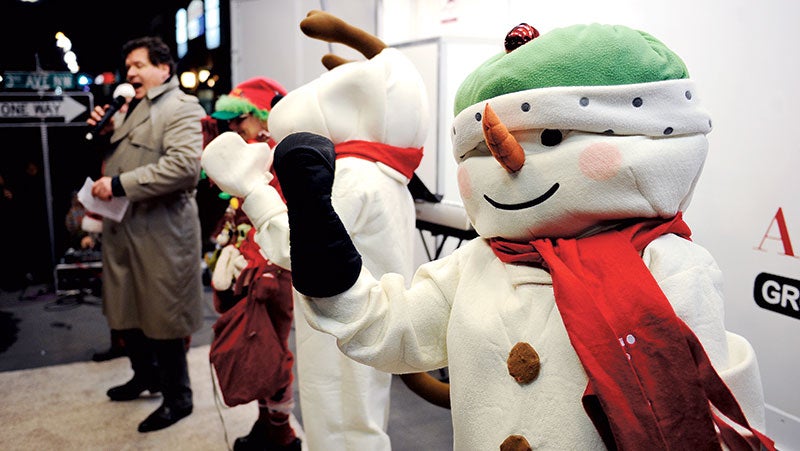Secret, secret: Norah Jones has a secret
Published 4:19 pm Saturday, May 5, 2012
Norah Jones turned a secret jam session into an album that’s a departure from prior style.
The jazz-pop crossover musician put aside her roots in jazz and the blues for something closer to alternative pop on “Little Broken Heart.”
Her fifth studio album came out of a secret 2009 jam session with producer Danger Mouse, but both put the material on hold to focus on other projects.
When the two teamed up again a few years later, Jones brought a new set of songs inspired by a breakup.
The album, mostly recorded by Jones and Danger Mouse (aka Brian Burton) marks a departure for Jones from her prior style.
Even the album cover is a stark contrast from prior releases. Her album cover for 2009’s “The Fall” shows Jones in a white dress and black top hat sitting beside a St. Bernard. The cover of “Little Broken Hearts” depicts a more sultry black and white headshot of Jones with frazzled hair shading one eye and only her lips colored pink.
There was plenty of reason to fear the Danger Mouse-Jones partnership wouldn’t work.
While Danger Mouse is one of the more reliable and well-known producers in music, his influence tends to be anything but transparent.
His producing is like a secret spice: No matter the dish — or artist — the listener can still taste the Danger Mouse flavoring.
That’s not necessarily a bad thing, but Danger Mouse’s influence can at times seem forced or out of place, like it did on a few more robust moments of the latest Black Keys album “El Camino,” which he also produced.
But on “Little Broken Hearts,” Danger Mouse’s touch is palatable, as he lets Jones do the heavy lifting.
Danger Mouse’s keyboard/drone-heavy instrumental style stays in the background, as Jones’ voice carries each song drifting between pleasant pop and jaded crooning.
“Say Good-bye” is perhaps the most Danger Mouse-influenced tune, with Jones turning up the pop over catchy keyboards and poppy guitars.
On “Travelin’ On,” Jones’s voice raises above quiet, string-led instrumentation and sings a chorus of “I can’t believe what’s happening now.”
Tracks like “Travelin’ On” and “She’s 22” play more like folk songs, with sparse instrumentation backing Jones. In these quiet moments, her voice reverberates in a whisper, as if she’s sharing a secret.
The music may not be the typical Jones listeners are used to hearing, but her trademark voice is still at the forefront, no matter the style.
Tu Fawning: Short, but sweet
Good things can come in small packages.
Tu Fawning’s second album, “A Monument” may only be nine songs long, but each song packs a formidable punch.
Many recent album releases have featured impressive female vocalists, and “A Monument” is the most recent, with Corrina Repp’s strong voice seamlessly mixing in with the ensemble of the quartet.
The sound is accessibly rooted in indie pop, but there’s something haunting in the undertones.
The guitars on “Wager” are played in bluesy, pinging bursts. One key to the sound on “A Monument” is the keyboards that float be the forefront and the foreground.
On “A Pose for No One,” the keyboards simmer as background to a harmony of vocals.
Like The National, Tu Fawning incorporates drums that often burn with a flare that edges on too aggressive for the droning sound.
But like The National, the drums are a key to keeping the music lively, especially on tracks like “Build a Great Cliff,” where Repp’s voice whir’s above the instrumentation.
It’s the drumming that keeps the song pressing forward and serves as the tipping point from droning to vibrant rock.
“Bones” ends the brief album on a high note, showing how Tu Fawning is a true collaborative effort between the four band members, with each person and each instrument filling out a piece of the puzzle.


